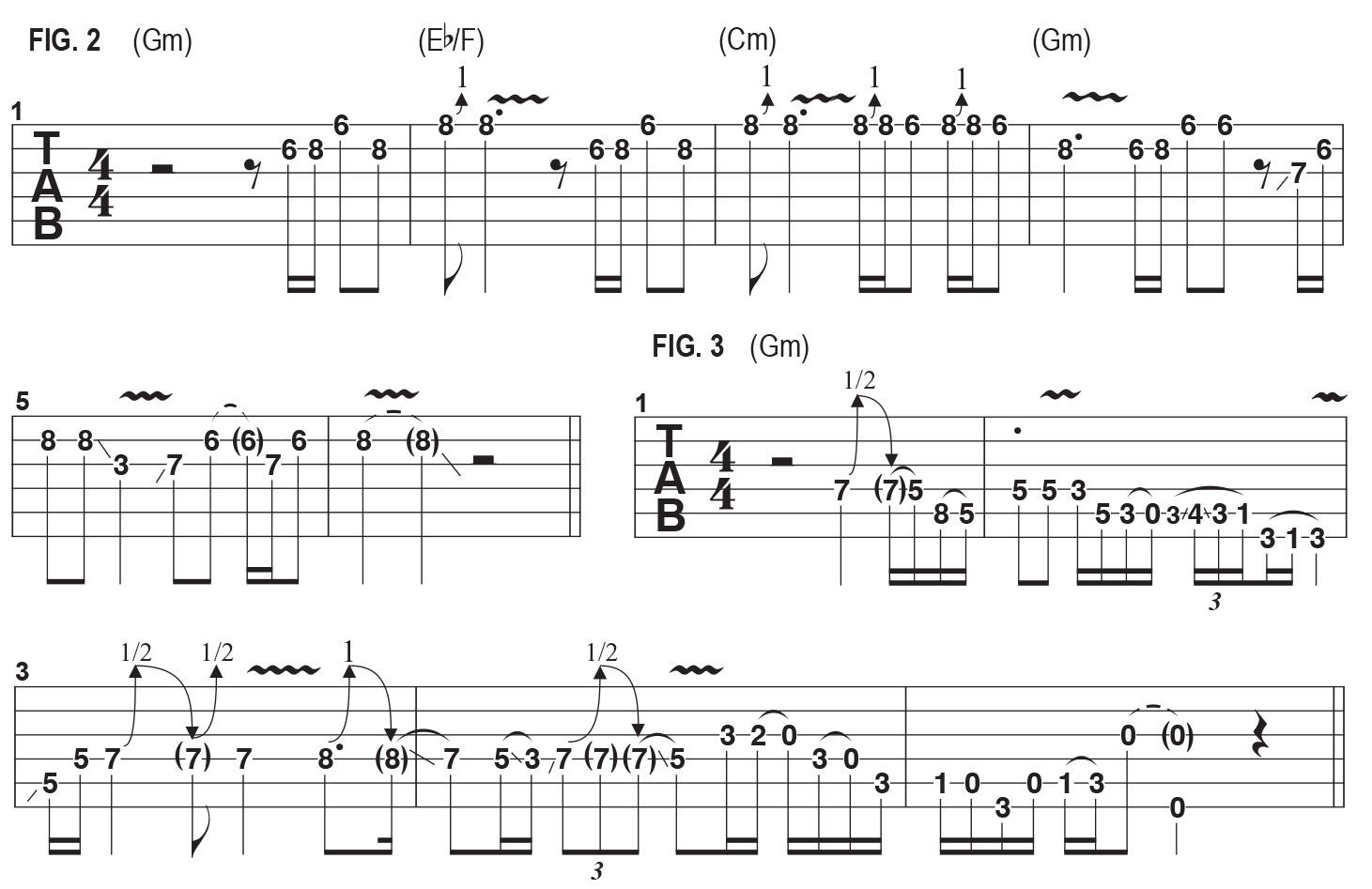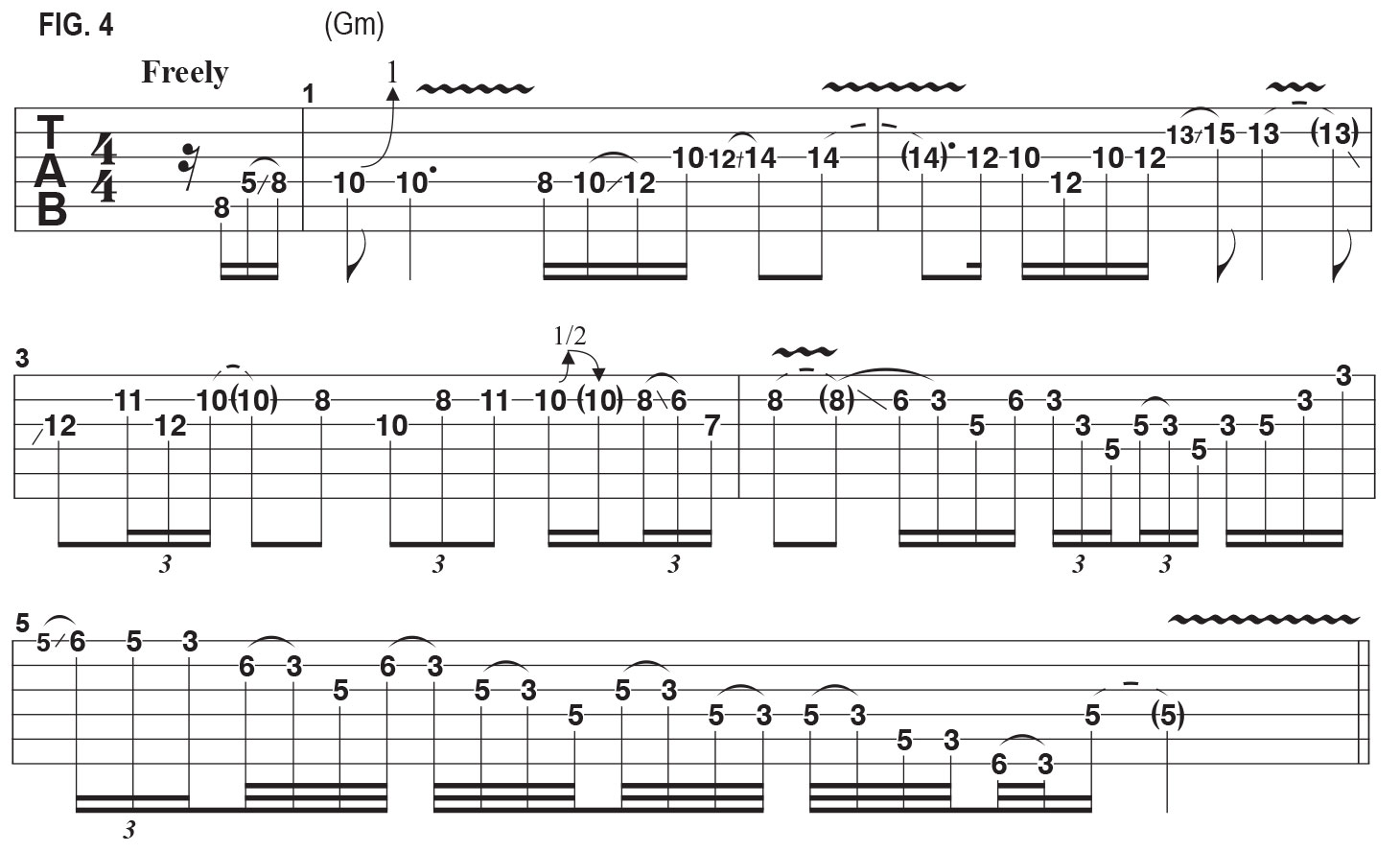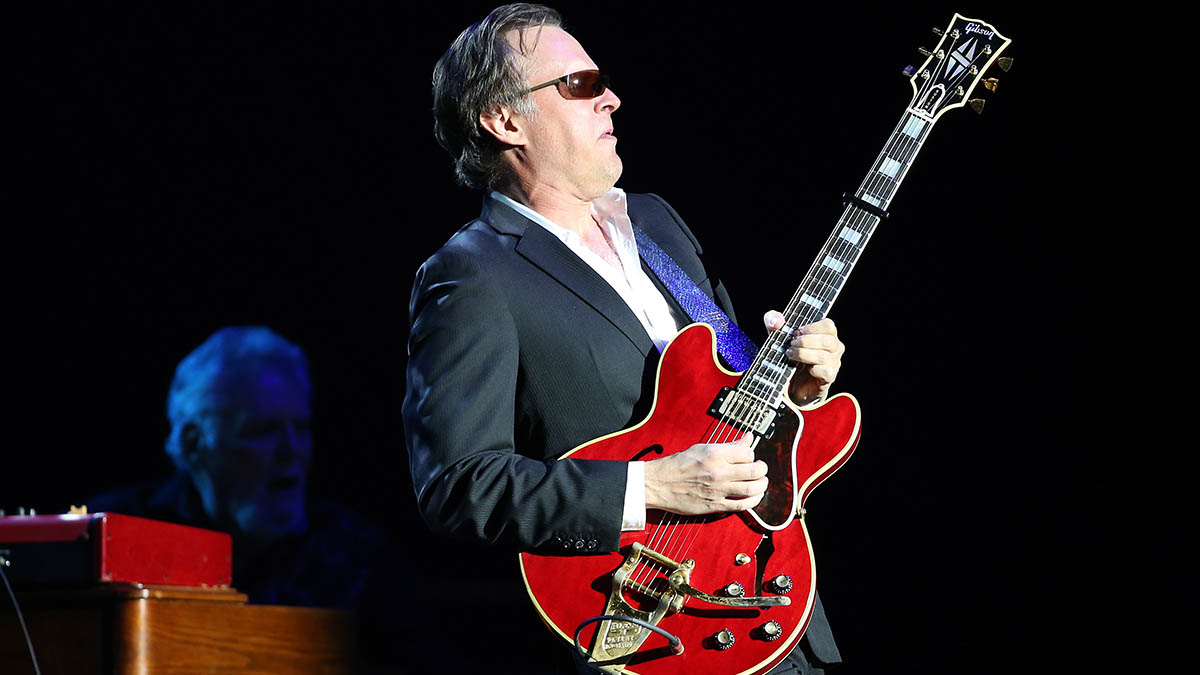Joe Bonamassa shows you his tips and tricks for soloing over a minor blues
One of today’s biggest blues guitarists reveals how to structure a solo for maximum expressive effect

Way back in 2003 – 20 years ago! – I recorded a collection of some of my favorite blues classics, such as B.B. King’s You Upset Me Baby, Freddie King’s Pack It Up and Muddy Waters’ Walkin’ Blues, and released the album Blues Deluxe, which went on to become one of my most well-known recordings. I recently got to work on recording its followup, aptly titled, Blues Deluxe Vol. 2, on which I cover another handful of some of my all-time favorite blues songs.
One of the tunes we covered is a somewhat less well-known but no less brilliant Bobby “Blue” Bland track, Twenty-Four Hour Blues. Bobby has always been one of my favorite singers, bandleaders, arrangers and songwriters, and he also recorded a handful of incredible albums with his close friend B.B. King.
It was B.B. that encouraged Bobby to become a solo artist, and some of the records they made together, like Let the Good Times Roll and the classic live albums, Together for the First Time Live and Together Again Live, remain among my favorite blues records. I wish I had a time machine so that I could go back and see those concerts from the ’70s!
Twenty-Four Hour Blues is a minor blues, which I play in the key of G minor. The original recording, cut during the sessions for the 1974 album, Dreamer, featured an all-star band based on the West Coast, with Larry Carlton on guitar, whose playing is, of course, spectacular.
The groove is slow and funky, in 44 meter, along the lines of FIGURE 1. The example illustrates two bars of Gm followed by two bars of Cm, with accented chord hits on beat 2 and a “connecting” single-note phrase across beats 3 and 4.
The tune begins with a very cool intro, approximated here in FIGURE 2. A single-note melody is played over Eb/F to Cm to Gm and initially gives the impression that it could be based on either the Bb major pentatonic scale (Bb, C, D, F, G) or its relative minor, G minor pentatonic (G, Bb, C, D, F). Once the Gm chord hits, it’s clear that the song is rooted in the key of G minor.
When playing a minor blues, I love to explore licks and phrases on the bottom three strings, as I feel I can get into some very emotive and expressive lines in the lower register.
All the latest guitar news, interviews, lessons, reviews, deals and more, direct to your inbox!
In FIGURE 3, the lines are based on the G blues scale (G, Bb, C, Db, D, F), with the inclusion of the 2nd, A. In FIGURE 4, I build on these types of melodic lines as I move up to the higher strings and upper register before working my way all the way back down by the end of the phrase.
There is one riff I did on the solo for the track that I will not try to recreate for this column because I wouldn’t be able to if my life depended upon it!
It was a “stream of consciousness” thing that I somehow stuck the landing on, though if I tried to replicate it now, I wouldn’t even make the podium!
Joe Bonamassa is one of the world’s most popular and successful blues-rock guitarists – not to mention a top producer and de facto ambassador of the blues (and of the guitar in general).




